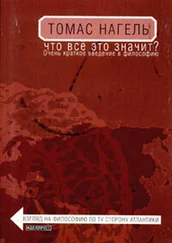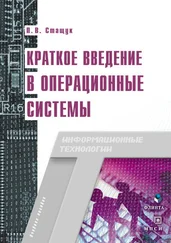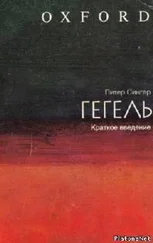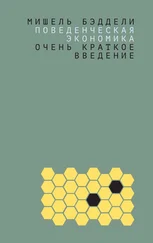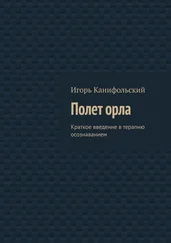Руководство Пользователя QGIS также содержит более подробную информацию об инструментах интерполяции, имеющихся в ГИС-приложении QGIS.
Что дальше?
Это последний раздел. Вы можете воспользоваться Руководством Пользователя QGISдля поиска более подробной информации о всех остальных возможностях ГИС-приложений. Мы желаем Вам успехов в освоении Quantum GIS!

Tim Sutton – Автор и Главный Редактор
Тим — разработчик и член координационного комитета проекта Quantum GIS. Он увлечен перспективой сделать ГИС-приложения бесплатно доступными для каждого человека. Он также является одним из основателей компании Linfiniti Consulting CC. — небольшого предприятия, помогающего людям осваивать и использовать открытое программное обеспечение в сфере ГИС.
Web: http://linfiniti.com
Email: tim@linfiniti.com
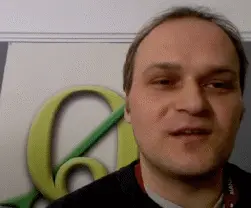
Otto Dassau — Соавтор
Отто — заведующий документацией и член координационного комитета проекта Quantum GIS. Он имеет богатый опыт обучения использованию бесплатного и открытого ПО в сфере ГИС.
Web: http://www.nature-consult.de
Email: otto.dassau@gmx.de

Marcelle Sutton – Менеджер Проекта
Марсель изучала английский язык и драматическое искусство и является квалифицированным преподавателем. Она также является одним из основателей компании Linfiniti Consulting CC. — небольшого предприятия, помогающего людям осваивать и использовать открытое программное обеспечение в сфере ГИС.
Web: http://linfiniti.com
Email: marcelle@linfiniti.com

Lerato Nsibande — Видео Презентации
Лерато — 12-классница из Претории. Она изучает географию в школе и с нами начала изучать ГИС!

Sibongile Mthombeni — Видео Презентации
Сибонгиль живет неподалеку от Йоханнесбурга со своей маленькой дочкой. Она хочет продолжить учебу и стать няней. В ходе работы над этим проектом Сибонгиль первый раз использовала компьютер.
GNU Free Documentation License
Version 1.2, November 2002
Copyright © 2000,2001,2002 Free Software Foundation, Inc.
59 Temple Place, Suite 330, Boston, MA 02111-1307 USA
Everyone is permitted to copy and distribute verbatim copies of this license document, but changing it is not allowed.
PREAMBLE
The purpose of this License is to make a manual, textbook, or other functional and useful document “free” in the sense of freedom: to assure everyone the effective freedom to copy and redistribute it, with or without modifying it, either commercially or noncommer cially. Secondarily, this License preserves for the author and publisher a way to get credit for their work, while not being considered responsible for modifications made by others.
This License is a kind of “copyleft”, which means that derivative works of the document must them-selves be free in the same sense. It complements the GNU General Public License, which is a copyleft license designed for free software.
We have designed this License in order to use it for manuals for free software, because free software needs free documentation: a free program should come with manuals providing the same freedoms that the software does. But this License is not limited to software manuals; it can be used for any textual work, regardless of subject matter or whether it is published as a printed book. We recommend this License principally for works whose purpose is instruction or reference.
APPLICABILITY AND DEFINITIONS
This License applies to any manual or other work, in any medium, that contains a notice placed by the copyright holder saying it can be distributed under the terms of this License. Such a notice grants a world-wide, royalty-free license, unlimited in duration, to use that work under the conditions stated herein. The “Document”, below, refers to any such manual or work. Any member of the public is a licensee, and is addressed as “you”. You accept the license if you copy, modify or distribute the work in a way requiring permission under copyright law.
A “Modified Version” of the Document means any work containing the Document or a portion of it, either copied verbatim, or with modifications and/or translated into another language.
A “Secondary Section” is a named appendix or a front-matter section of the Document that deals exclusively with the relationship of the publishers or authors of the Document to the Document’s overall subject (or to related matters) and contains nothing that could fall directly within that overall subject. (Thus, if the Document is in part a textbook of mathematics, a Secondary Section may not explain any mathematics.) The relationship could be a matter of his torical connection with the subject or with related matters, or of legal, commercial, philosophical, ethical or political position regarding them.
The “Invariant Sections” are certain Secondary Sections whose titles are designated, as being those of Invariant Sections, in the notice that says that the Document is released under this License. If a section does not fit the above definition of Secondary then it is not allowed to be designated as Invariant. The Document may contain zero Invariant Sections. If the Document does not identify any Invariant Sections then there are none.
The “Cover Texts” are certain short passages of text that are listed, as Front-Cover Texts or Back-Cover Texts, in the notice that says that the Document is released under this License. A Front-Cover Text may be at most 5 words, and a Back-Cover Text may be at most 25 words.
Читать дальше










